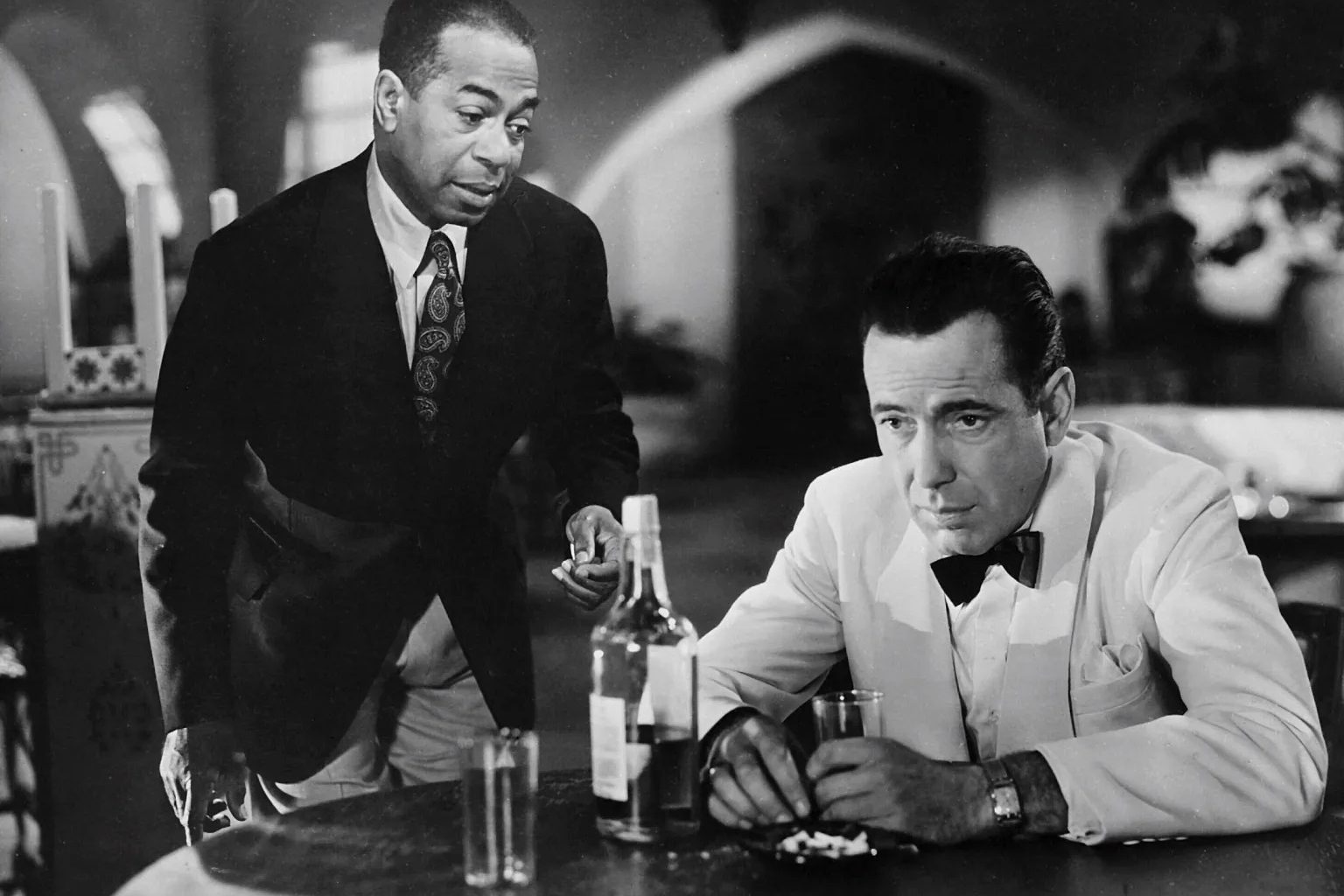It’s a long time since I’ve heard anyone say that he or she was unhappy, but I keep meeting people who are depressed, or who describe themselves as such. It is as if the word unhappy had disappeared from the lexicon altogether and happiness were the normal condition of mankind, deviation from which were pathological. Surely no one who had lived longer than a few years in the world could believe that, were it not for a medical condition, all would be well in life and joy would be universal. But untold millions of people now do believe – or have been persuaded of – such a thing.
One does not normally look to presidential candidates for medical wisdom, but when the Democratic hopeful, Marianne Williamson, said that depression was too easily diagnosed and antidepressants were too widely prescribed, she was quite right. They are now so widely taken that they might almost as well be put in the water supply. Throughout the western world, up to a sixth of the adult population is taking them.
This is the triumph of marketing over common sense, but also the consequence of the looseness of psychiatric diagnosis. No one who has seen a case of real melancholia, of agitated or stuperose depression, or of Cotard’s Syndrome (when a person is so depressed that he suffers from the delusion that he has already died, has rotted away, or possesses nothing, albeit that he is a multimillionaire), can doubt that depression is, or can be, a real disease, or that fortunately treatments now exist to cure it, at least temporarily. Before there were such treatments, melancholic patients in asylums would be lined up on chairs against a wall, hemmed in by a table, and watched over by attendants, sometimes for years on end until they recovered spontaneously. For a stuperose patient, the danger of suicide was greatest when he was improving and recovered enough initiative to kill himself. It was the psychiatric equivalent of de Tocqueville’s observation that the greatest danger of revolt in a dictatorship was when it was trying to reform itself.
The problem with psychiatric diagnosis, however, is that, except where there is physical illness to account for psychiatric symptoms, there are no biological markers to distinguish real from false, grave from trivial, cases. (The dexamethasone suppression test once looked hopeful in distinguishing melancholia from unhappiness, but was soon, and perhaps prematurely, dropped). Judgment is always required, therefore, in distinguishing serious from trivial cases, and can be wrong in both directions: over-diagnosis and under-diagnosis. The risk of ending up in court accused of negligence is much greater with under-diagnosis than with over-diagnosis (especially where the patient wants to receive a diagnosis), and therefore the tendency to over-diagnose is strong. Better to treat 99 non-cases than miss one true case.
Meanwhile, psychiatry has spread its net ever more widely over society and human behavior. The Diagnostic and Statistical Manual of the American Psychiatric has expanded constantly, and perhaps the next edition will not be containable within a single volume. Under the American system of third party-payment, moreover, doctors are not reimbursed for their trouble unless they affix a diagnosis to their patients, and therefore require an elaborate procrustean bed in order to do so. There is hardly anyone alive who could not be fitted into some diagnosis in the fifth edition of the DSM. Indeed, there must be something wrong with you if you’re well. The late Thomas Szasz once published a paper in the Lancet proposing that happiness be considered a psychiatric condition of the ground that it was statistically rare and almost always unjustified by the circumstances in which it was felt, therefore delusional.
As if this were not enough, there has been a dialectical tendency for psychiatric imperialism to reinforce the desire of people to objectify themselves and their own behavior, the better to escape personal responsibility and avoid genuine but painful self-reflection. It is not uncommon to hear people talking about ‘balancing my brain chemistry’, so that their lives will effortlessly improve until they reach the normal state of perpetual bliss.
Thus the doctor wants to give patients a diagnosis, and patients want the doctor to give them a diagnosis. In these circumstances, it is hardly surprising that every unhappy person leaves the doctor clutching a prescription. And every study shows that, whatever they are given as an antidepressant, their pills have a powerful placebo effect. Unfortunately, they can also have serious and unpleasant side-effects. Gone are the days when doctors can dish out colored water as a placebo to a credulous clientele.
This is testimony to the increasing pseudo-sophistication of human credulity. We don’t believe any more in spirit possession, but we do believe in serotonin – too much or too little or in the wrong place – as the root of all our troubles.

























